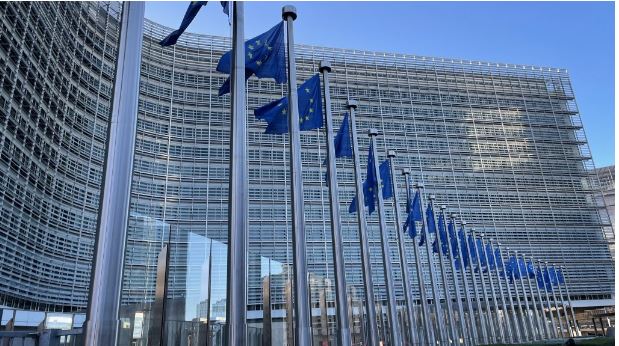What will the future of the bioeconomy look like? BioMonitor shares insights at its final meeting
5 October 2022 – The 2012 EU Bioeconomy Strategy is delivering on key actions and has seen a two-fold increase in EU R&I funding for the bioeconomy under Horizon 2020, today Horizon Europe. BioMonitor is one of the successful examples of H2020-funded projects. The project partners held a final meeting in Brussels on 5 October to share […]
5 October 2022 – The 2012 EU Bioeconomy Strategy is delivering on key actions and has seen a two-fold increase in EU R&I funding for the bioeconomy under Horizon 2020, today Horizon Europe.
BioMonitor is one of the successful examples of H2020-funded projects. The project partners held a final meeting in Brussels on 5 October to share findings and insights into the future of the bioeconomy. More specifically, the project has sought to plug data gaps by developing a series of new data models, including the BioMonitor data platform. “The platform creation is the main achievement of the project”, says Justus Wesseler, BioMonitor project coordinator.
In the last decades, the Latin American region has increased its presence in the bioeconomy too, participating in several bioeconomy forums and consortiums. “Much progress has been made in the region, but it is still not enough”, said Hugo Chavarría Miranda, Bioeconomy and Productive Development Programme Manager.
On this topic, David Zilbermann, member of the BioMonitor advisory board from the University of California Berkeley, talked about the future of biofuels in Europe and Latin America. In Latin America, 70% of fertilizers come from Russia and Ukraine. There are risks to this dependency. These risks are reflected in Europe.
On the other hand, in the US the bioeconomy is a big sector, said Mary E. Maxon, Associate Laboratory Director for Biosciences at UC Berkeley. She spoke about the study that measured the US bioeconomy, saying that a coordinated strategy for enabling the current and future circular bioeconomy is needed, through concrete action to expand research and build a national infrastructure for bioproduction.
But then, what will the future of the bioeconomy look like? According to stakeholders present at the meeting, for a successful bioeconomy, the priorities must remain the same: increase food security, reduce dependence on non-usable resources, foster biodiversity, and fight climate change.
Urban, rural and coastal areas can benefit from these steps for generations. In the short term, we should strive to use waste, produce more biomass to reduce feeds and fertilizers while shifting away from fossil fuels and gas.
To have a sustainable future, we need to find the best way to have a sustainable food system, and this is just the beginning of the bioeconomy.
Stronger development of the bioeconomy can help to accelerate progress towards a circular and low-carbon economy; it improves the production of renewable biological resources and their conversion into bio-based products and bio-energy. BioMonitor ends now, but the work continues with other ongoing and future H2020 and HE funding programs, as well as EU missions for the bioeconomy.
Read full press release


Únete a la conversación